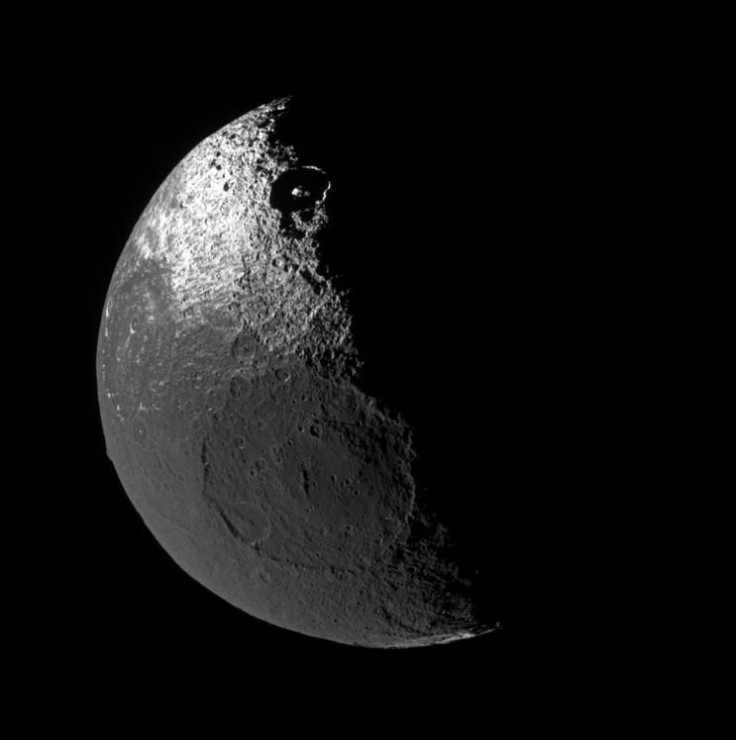Study Provides Ice Map For Companies Looking To Mine The Moon

KEY POINTS
- Researchers created a map showing possible locations of water ice on the Moon
- The map was created for companies looking to mine resources from the lunar surface
- Water extracted from the Moon could be used as a source of fuel for space missions
Researchers created an index that provides a detailed map of the possible locations of water ice on the Moon. According to the researchers, companies can refer to the map for future mining operations on the lunar surface.
The map was created by planetary scientists from the University of Central Florida for a study that was published in Science Direct. Formally known as the Ice Favorability Index, it features a geological model of the Moon and potential locations of water ice deposits on its surface.
The researchers were able to create the index using computer models and data collected by satellites and previous lunar missions to the Moon. Through the data they collected, the researchers were able to identify craters made by asteroid impacts, which might have brought water ice to the Moon.
Aside from deposits on the surface, the index also proposes the existence of water ice reservoirs underneath the Moon’s poles.
"Despite being our closest neighbor, we still don't know a lot about water on the moon, especially how much there is beneath the surface,” Kevin Cannon, the lead researcher for the project, said in a statement. “It's important for us to consider the geologic processes that have gone on to better understand where we may find ice deposits and how to best get to them with the least amount of risk.”
According to the researchers, water is one of the most important resources that can be mined on the Moon. Since liquid water can be processed in order to extract certain elements such as hydrogen and oxygen, which could then be used to create fuel.
Having a natural source of fuel on the Moon would be a huge step in space exploration. It would allow missions to refuel in preparation for extended trips into space. Also, finding a source of water on the Moon would play a vital role in the establishment of a lunar outpost.
As noted by the researchers, several companies have already expressed their interest in mining resources from the Moon. Through the Ice Favorability Index, researchers are hoping to ease the start of the lunar mining industry.
“The idea of mining the moon and asteroids isn't science fiction anymore,” the study’s co-author Dan Britt stated. “There are teams around the world looking to find ways to make this happen and our work will help get us closer to making the idea a reality.”
© Copyright IBTimes 2025. All rights reserved.





















